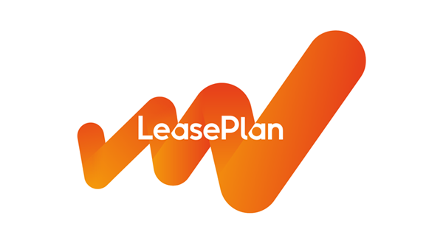We have previously learned about setting up Standby™and having a standby database in theOracle.
Clouds… up until a few years ago they were just white fluffy things in the sky. But nowadays if you mention the word 'cloud', most people – not just IT professionals - will know what you are talking about.
The cloud computing discussion has really gathered steam over the past few years and has been talked about many times, from many different angles. Some say it is a good thing, while others just don’t want to know about it. But the reality remains that over time the offerings have improved, and are getting better and better, so that today you find companies, both small and large, making use of cloud computing.
Why Cloud?
If you are not that familiar with cloud technology you may ask, but why? Why use it when I have my own datacenter? A short answer to this is not as easy as it may seem, and if you search the web you will find there are many divergent perspectives here. But one of the big advantages the cloud has for both small and large companies is the fact that the cloud service provider is responsible for maintaining and looking after the infrastructure such as servers, physical networking, and storage. What this means is that you don’t need your own datacenter and all the time and costs that go along with this. It is no secret that setting up and maintaining your own datacenter can be complex and expensive, as you touch on areas such as power consumption, air-conditioning, storage systems, servers, and networking, to just name a few. But with cloud computing, you are not responsible for these. Your service provider will maintain the infrastructure-related services, leaving you to run your business.
In addition to this, another of the major advantages is that you just pay for what you use. If you require a temporary system for a proof of concept you can establish it in the cloud and once done, decommission it straight away.
Most of you will likely be familiar with the cloud concept, and possibly even had some dealings with it, but if not then I do recommend you read up on it as you might be surprised by the possibilities it can provide. And yes, it may not suit everyone, but it is worth at least evaluating as in many cases the cost saving can be substantial.
Standby & Amazon Web Services (AWS)
To get down to a specific example, in this post I would like to introduce you to the use of Standby with Amazon Web Services (AWS) which is one of the most well known and proven cloud computing environments available. Yes, you can now have your Oracle standby database in the cloud! With this, you have the option to run either a mixed model, where you have your standby or primary in the cloud (AWS), or you can run both in the cloud. The latest versions of Standby are fully certified with Oracle databases running on Amazon’s EC2 (Elastic Compute Cloud) instances. For a quick overview of Amazon’s EC2 please see here.
To get started with Oracle, Standby and AWS EC2 you are first required to create an account with AWS. The registration process will request your credit card details, but don’t be alarmed, as you only get charged for what you use. So registration is free, but note that when you create EC2 instances you will be charged for what you use. The pricing in most regions is calculated on a per hour basis, based on the instance resource allocations and time used. This is a useful link and a good starting point to get an understanding of the costs involved.
Cloud Computing Advantages
Some of the advantages of using cloud computing include lower costs, scalability, fast deployment capabilities and you can use your existing licenses (also referred to as 'bring your own'). For more details on Oracle licensing using Amazon AWS see this document.
Over the next week, I will provide you with more information on how you can get Standby working in Amazon AWS using EC2 instances. As with most things in IT, there are multiple ways to do things and the goal of the next series of posts is to help you get started.
Standby in the Cloud:
Case Study:
Want to hear how one of our customers is using Amazon Web Services (AWS) and Standby™ to deliver a total cloud solution? Air Resource Specialists in the USA, chose Standby™ and the Oracle Cloud to provide their hybrid-cloud solution.
Oracle Disaster Recovery in the Cloud - Part 2:
Part 2 - Getting Started on Amazon Web Services is now available here.
Subscribe to our monthly blog updates
By subscribing, you are agreeing to have your personal information managed in accordance with the terms of DBVisit's Privacy Policy










